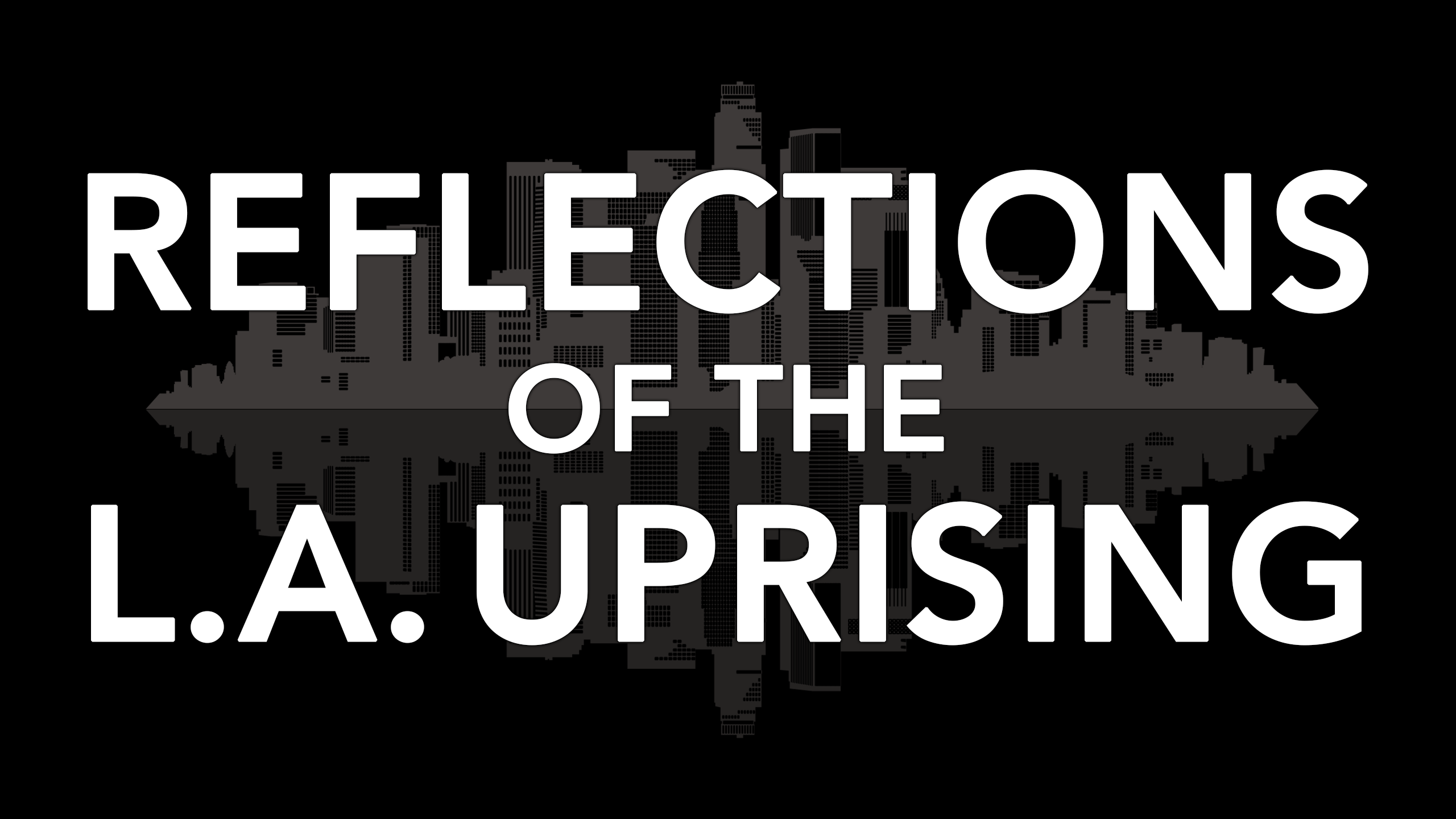BY HALLE HAZZARD, JESSE MECHANIC, MALLIKA SINGH AND VAISHNAVI VASUDEVAN
“I remember it like it was yesterday even though it was 30 years ago,” recalls Jonathan Bell, a professor who teaches urban and regional planning at Cal Poly Pomona University. “I could still smell the smoke in the air and know what that meant. At that point, South Central and the larger Black and Brown community had enough.”
As we mark the 30th Anniversary of the 1992 Los Angeles Uprisings, a collection of oral testimonies reflects and shows how the echoes from this event still resonate today.
From an artist who made rubbings of the riots to an Asian American police officer’s personal account of the event; to a student who started a non-profit organization to bring communities together and an urban planner who is working to rebuild South Central into a safer community; these voices form a human library, of sorts, that not only encompass the unrest, but also the communal impact that occurs afterwards.
The uprisings were not just about the damage that was inflicted upon the city. They were also about the people whose voices were silenced, unheard, or forgotten during this time of suffering.
“It is the system that left us. During the riots, some Koreans were seen on rooftops pointing their guns,” remembers Hyepin Im, now president and founder of Faith and Community Empowerment (FACE) organization. “They were there for their American dreams and the last thing they ever thought was risking their lives and pointing out their guns. But the police had totally abandoned Koreatown. Those store owners were left to fend for themselves.”
Three decades later, even though initiatives have been taken to rebuild L.A, some believe that a lot needs to change.
“I still feel that the systemic racism that ignited the L.A. uprisings exists today and I hope we take more time to distill down the reasons why uprisings occur,” said Tyree Boyd-Pates, the museum curator that oversaw the California African American Museum’s uprising exhibit honoring the 25th anniversary.
Each personal experience you experience through this collection – either through a VR Gallery or 360/VR video – is a testament to how historic events shape our daily lives.
As Najuma Smith-Pollard, a volunteer who worked at the First AME church during the uprising says, “Nothing changes without people coming together.”
VIRTUAL REALITY GALLERY
Step into a VR exhibit to hear the collection or oral histories — available across any device, including high-end VR headsets — through the Mozilla Hubs platform.








